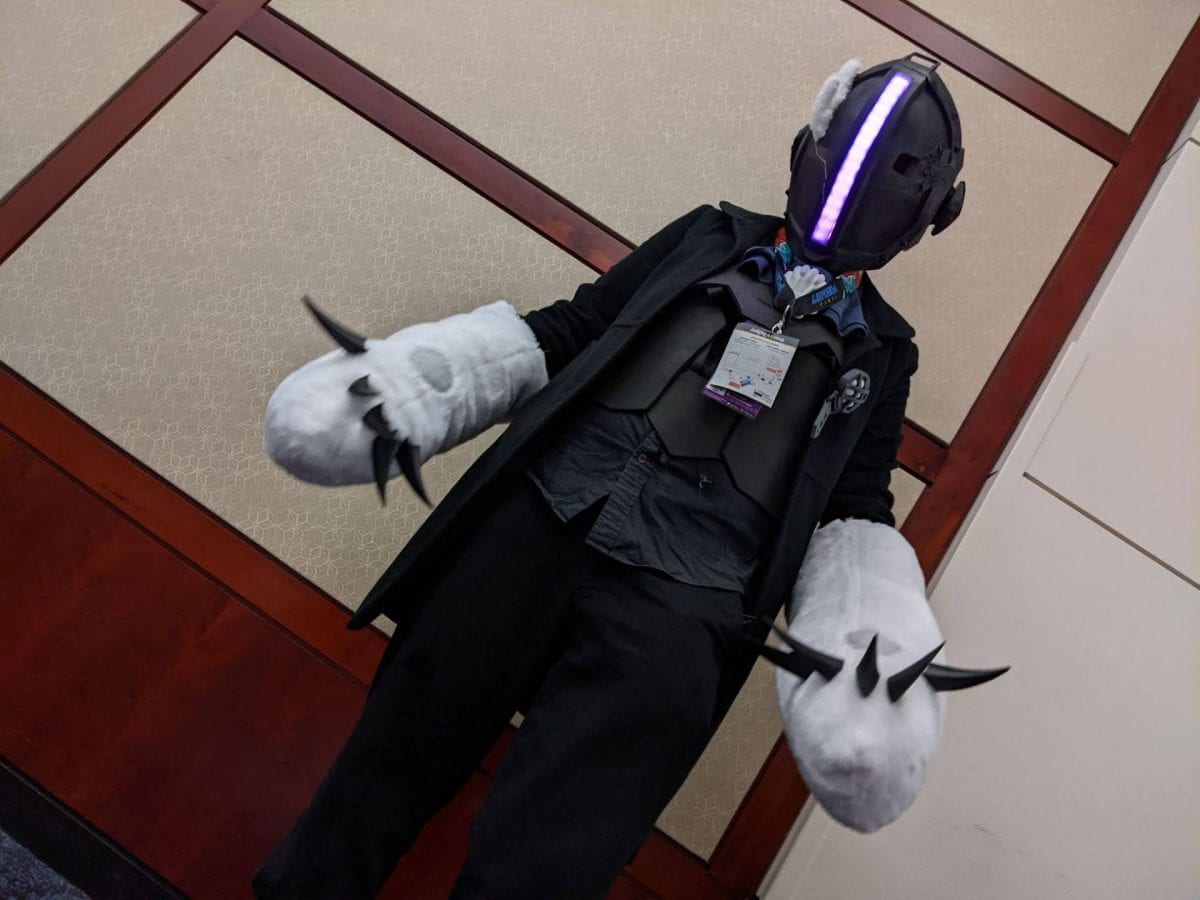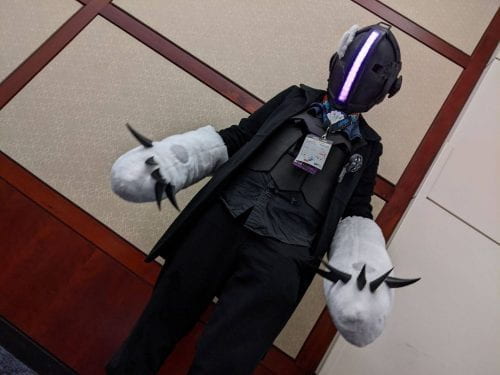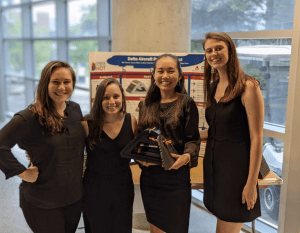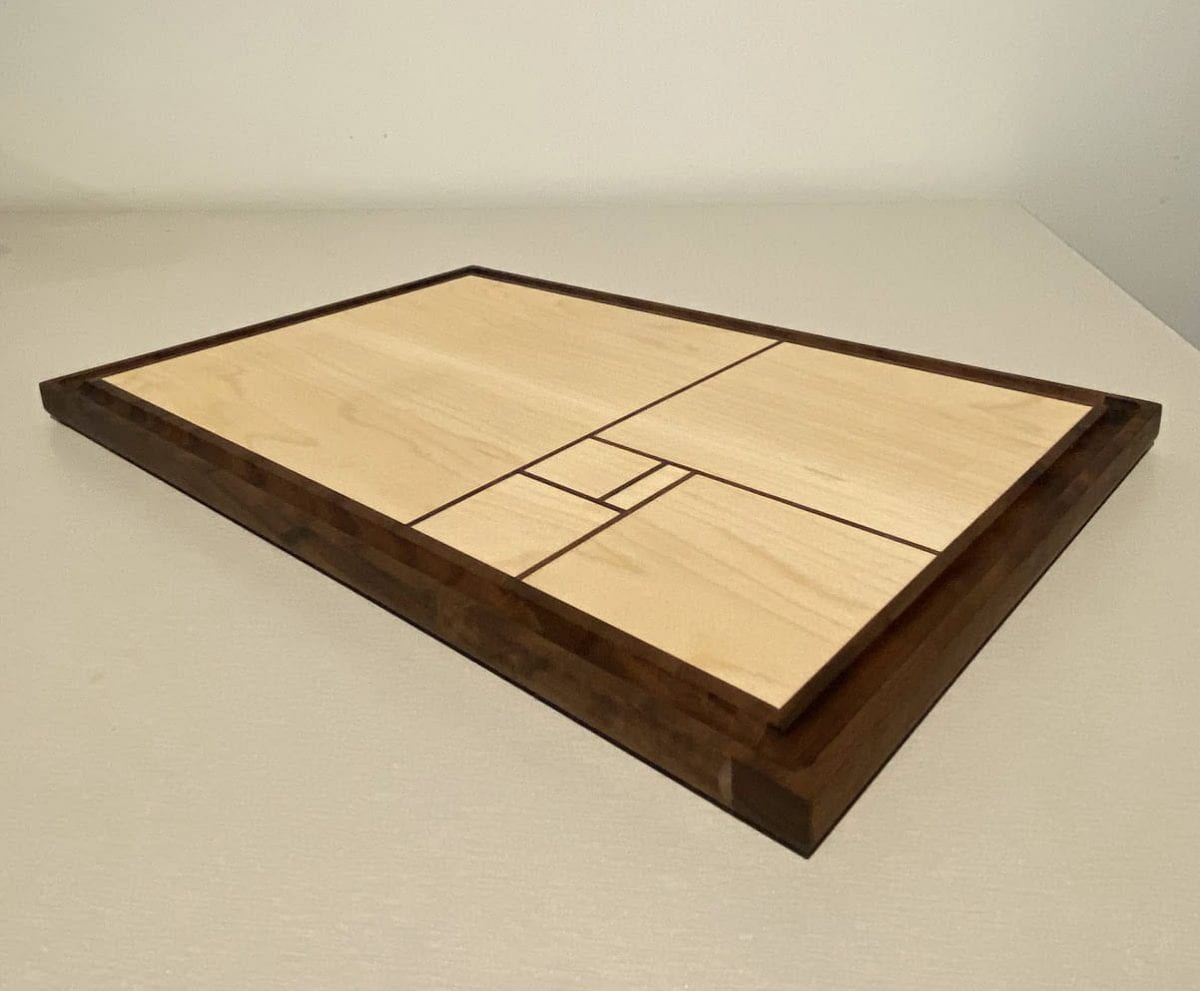Happy Throwback Thursday! This week we interviewed Nowsherwan (Nash) Sultan of Origami Chainsaws. The team set out to create an anti-vibration system for a string trimmer to reduce vibrations generated by the motor and improve user experience.


Q: Could you give us a brief description of your project for those who may not know about it?
A: The main goal of our project was reduction of vibration that is generated by the motor in a electric string trimmer. String trimmers are commonly known as weed wackers and after prolong use can be uncomfortable to use because of the vibrations.
Q: Where did you first draw inspiration for the idea of the “1-String Trimmer Anti-Vibration System,” for your Capstone Design Project?
A: For our initial ideation we drew inspiration from different items that are used for vibration reduction in our daily lives, such as one of our damper ideas was an inspiration from dampers used in transmission lines. Then one of our member Adam mentioned how he had heard of Sorbothane a material that was used to reduce vibrations in blenders.
Q: What was the design process like and how did you and your teammates come together to finish your project?
A: The design process initially included all the members coming together to experiencing the string trimmer firsthand so we could all understand how the vibration felt. From there we all came with ideas and used the design matrix to choose the best solution.
Q: What were some of the problems that you faced along the way and how did you overcome those obstacles?
A: One of the issues we faced was finding a cheap quantifiable way to measure the vibration for which we developed our own testing rig using an Arduino and tri axial accelerometers, costing less than a 100$ while professional equipment can cost thousands of dollars.
Q: How did it feel to work with TTI and how did they help you with the creation of your project?
A: TTI was a great sponsor our mentor Fahad made sure he was available for any of our question and answered them promptly. He also made sure all the materials and data that was needed was delivered or shared with us promptly.
Q: What do you think made your team successful in creating your project?
A: I believe the key for our team to being successful was early planning and work distribution. We developed a prototype early on during the semester and determined what works and what doesn’t which helped us focus on the best possible solution.
Q: Do you have any advice for future teams?
A: My suggestion to all teams would be trying to set weekly deadlines and start working on and finishing their prototypes as soon as possible. In fact, in parallel with their modelling. As not all things will go according to plan. Also, setting people responsible for certain areas of the project was very helpful and led to a smoother finish to the project.
Members from left to right Nowsherwan Sultan, Sarahn Nazaret, Dr Jiao and Adam Nguyen.










